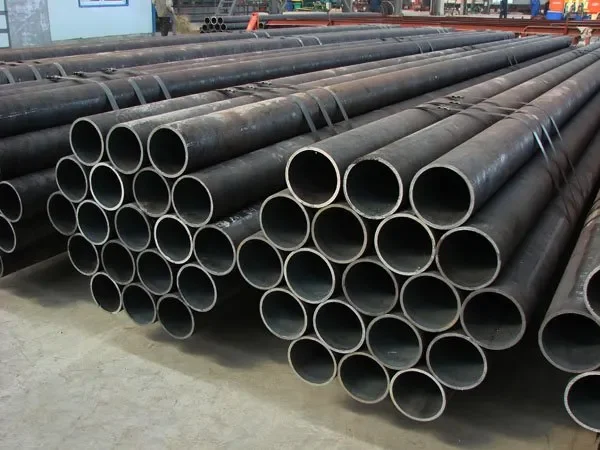What is the process of rapid cooling of steel pipes after rolling?
The rapid cooling of steel pipes after rolling has obvious effects on the production of bearing steel pipes, reducing network carbides, improving the pearlite structure, and shortening the spheroidizing annealing time.
For some ferrite and pearlite steel pipes, in order to refine the ferrite grains, improve the shape of pearlite, and increase its strength and toughness, rapid cooling after rolling should be used. The organization and performance requirements of the steel pipe are different, and the cooling process is also different, mainly controlling the open cooling temperature, cooling speed, and final cooling temperature of the steel pipe.

Bearing steel pipe refers to a seamless steel pipe that is hot-rolled or cold-rolled (cold drawn) for the manufacture of ordinary rolling bearing rings. The outer diameter of the steel pipe is 25-180 mm, and the wall thickness is 3.5-20 mm. There are two types of ordinary precision and higher precision. Bearing steel pipes are steel pipes used to manufacture balls, rollers and bearing rings. Bearings are subjected to great pressure and friction during work, so the bearing steel pipes are required to have high and uniform hardness and wear resistance, as well as high elastic limits. The requirements for the uniformity of the chemical composition of the bearing steel pipe, the content and distribution of non-metallic inclusions, and the distribution of carbides are very strict. It is one of the most stringent steel grades in all steel pipe production.






